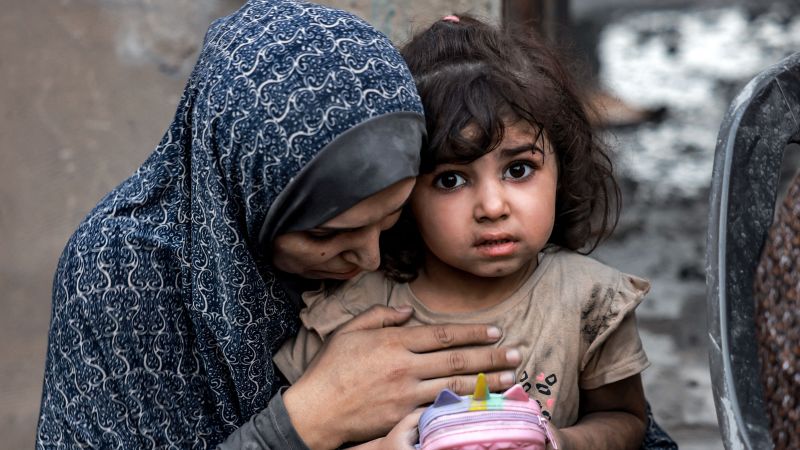Gaza, a coastal strip on the Mediterranean, has been under a complete blockade for over two months, leaving its 1.1 million children and 2.1 million people in dire need of humanitarian aid. The situation is nothing short of catastrophic, with food, water, medicines, and fuel running out at an alarming rate. As the United Nations Children’s Fund (UNICEF) and other agencies plead for a solution, Israel’s proposal to create limited aid hubs in the south of Gaza has been met with fierce resistance.
According to James Elder, UNICEF’s spokesperson, the Israeli plan would force civilians to choose between displacement and death. It contravenes basic humanitarian principles by using aid as a bargaining chip, reinforcing control over life-sustaining items as a pressure tactic. “Humanitarian aid should never be used as a bargaining chip,” Elder emphasized.
The plan proposes only 60 aid trucks per day entering Gaza, a mere fraction of the 600-700 trucks that entered during the recent ceasefire between Israel and Hamas. This is woefully insufficient to meet the needs of the population, with UNICEF insisting that lifting the blockade and allowing humanitarian aid to flow freely is the simple solution.
Stuck outside Gaza are over 3,000 trucks of aid, including food and medicine, provided by UNRWA (United Nations Relief and Works Agency for Palestine Refugees in the Near East). Juliette Touma, UNRWA’s Director of Communications, lamented that this large amount of aid is going to waste when it could be reaching hungry children and treating those with chronic diseases. “The clock is ticking,” she urged. “The gates must reopen, the siege must be lifted as soon as possible.”
Inside Gaza, the situation is dire. Over 80 community kitchens have been forced to shut due to a lack of supplies, leading to widespread hunger. Aid teams warn that even the few food lines remaining are now gone because food is running out.
Both UNRWA and the World Health Organization (WHO) have implemented end-to-end systems to prevent aid diversion by militant groups. Dr. Margaret Harris, WHO’s spokesperson, emphasized that their supplies are reaching health facilities as intended, with no evidence of diversion within the healthcare system.
The proposed use of facial recognition technology as a precondition for accessing aid is also being met with resistance from UNICEF and other agencies, as it goes against humanitarian principles to screen and monitor beneficiaries for intelligence and military purposes.
In a poignant reminder of Gaza’s desperate situation, James Elder recalled that during the recent ceasefire, food was available in markets, water systems were repaired, and people could access healthcare safely. “It meant people could live, they could thrive,” he said. Today, however, everything necessary for a child to survive – food, water, medicines – is being blocked, with Israel’s proposal riskily separating family members as they move back and forth in search of aid.
As the world watches, Gaza’s plea for help grows more urgent by the day. Will the international community come together to break the blockade and deliver the aid that has been promised? The clock is indeed ticking, and every moment counts in this humanitarian crisis.
Sourced from https://news.un.org/
Additional Details:
